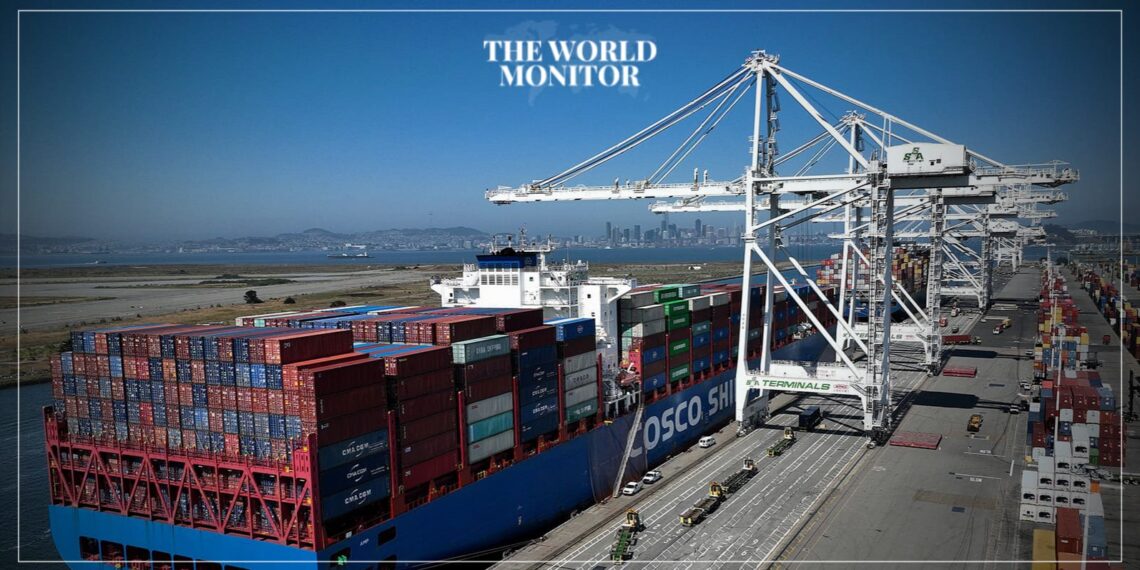China is grappling with a steeper-than-anticipated decline in its imports and exports, signaling potential challenges for the future growth of the world’s second-leading economy. In July, a significant 14.5% drop in exports from the previous year was noted, and imports tumbled by 12.4%.
These disappointing trade metrics have stoked fears of a possible deceleration in China’s economic expansion this year. This downturn might propel Beijing to implement measures to rejuvenate the post-COVID recovery.
Interestingly, this marks the most dismal export data since February 2020. A closer look reveals that the increased cost of living and pricier borrowing rates internationally might be curbing the appetite for Chinese goods, thus affecting its post-pandemic economic bounce-back.
The domestic front isn’t too rosy either. China, despite its gargantuan economic stature, has witnessed a less-than-promising resurgence in economic activity. This follows three years of rigorous lockdowns and stringent measures to combat the spread of the virus.
Considering China’s significant stature in global trade – being the premier exporter and a substantial importer – its languid trade performance could reverberate across the global economic landscape.
In a contrasting trend, while prices globally are on an uptrend, China seems to be witnessing a downturn. As businesses and consumers, still reeling from the zero-COVID strategy, are hesitant to spend, there’s an abundance of goods inventory awaiting buyers.
However, economic revival isn’t the only challenge. China confronts escalating youth unemployment and a beleaguered housing market. Despite these challenges, the government remains cautious, refraining from drastic economic stimuli.
Trade with the US, one of its primary trading partners, declined sharply by 23.1% year-on-year. Similarly, amid tensions over semiconductor chips, trade with the European Union diminished by 20.6%, highlighting Beijing’s increased regulatory control over vital chip-making resources.
Lastly, it’s crucial to note China’s rigorous anti-COVID measures, epitomized by a two-month complete lockdown in Shanghai in March 2022. The city’s 25 million inhabitants were largely homebound, relying on government-supplied food parcels.






